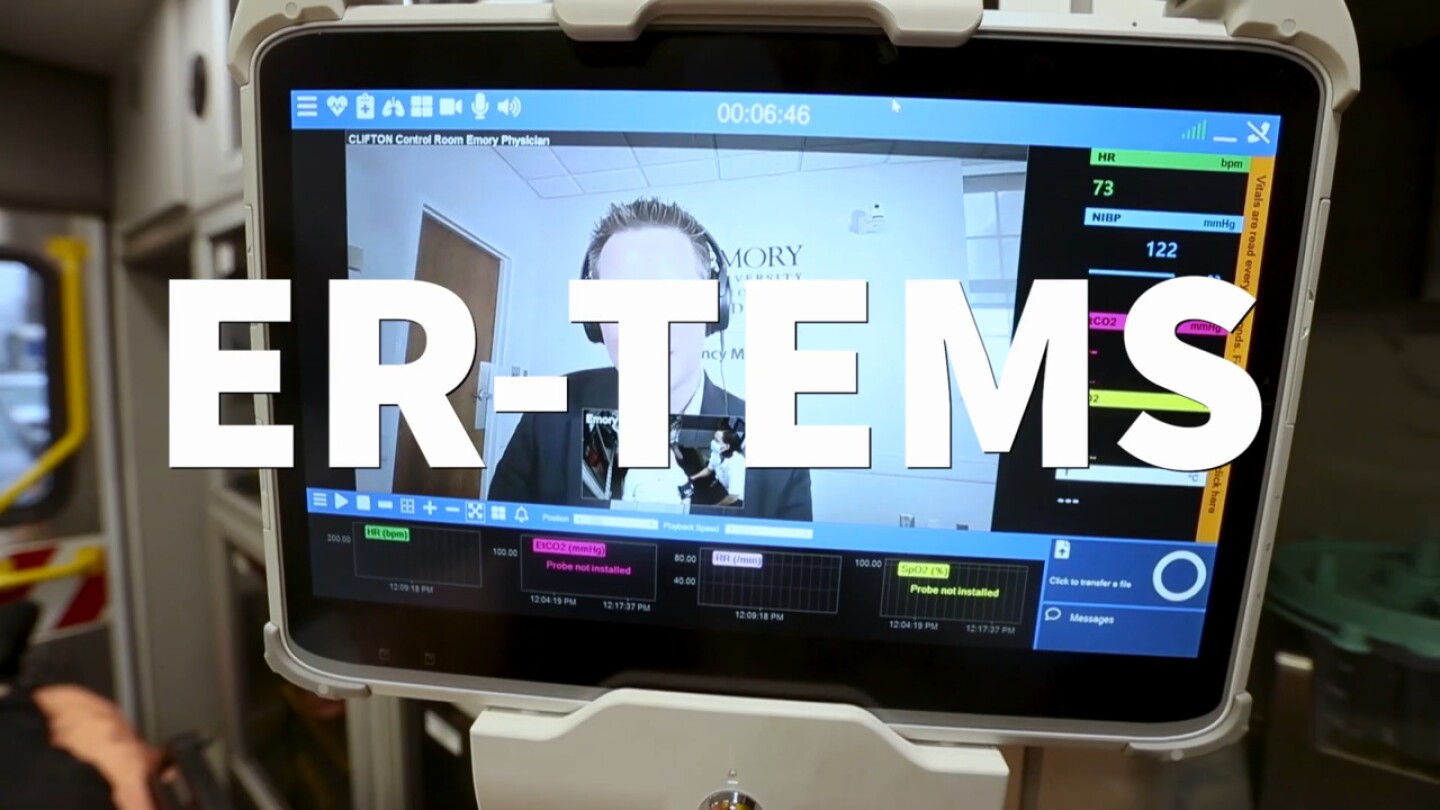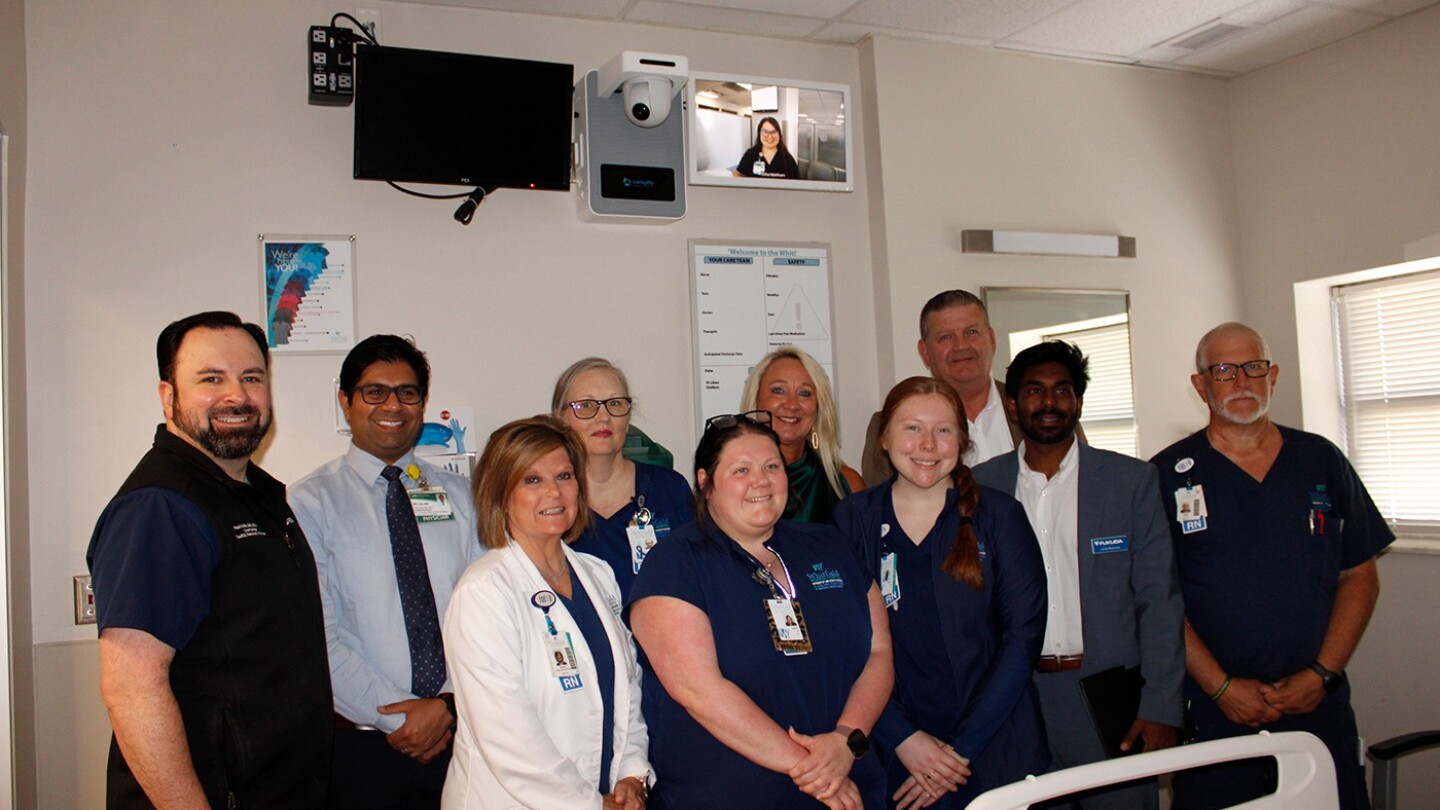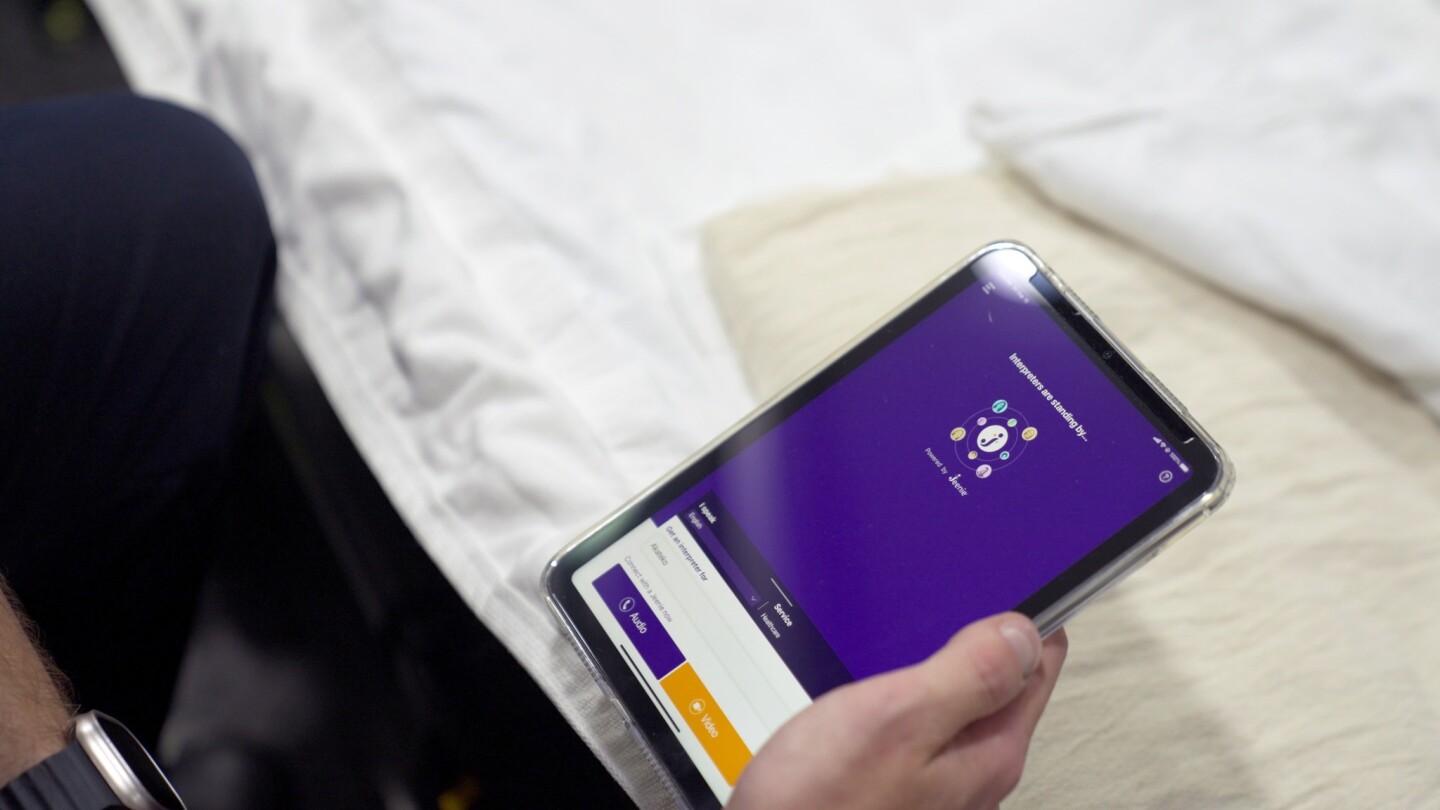Telemedicine
Often, transportation is a barrier to receiving healthcare, which means EMS become that transportation even when the medical problem itself is non-urgent. Telemedicine, using technology to connect patients to healthcare practitioners remotely, can be used to triage patients, decreasing non-emergent ambulance transports, or to enable a higher level of care when access or distance prevent physical assessment.
From chronic burnout and staffing gaps to a lack of meaningful leadership engagement, personnel are sounding the alarm — and offering a roadmap for change
Join Mike Taigman, Chris Carlson and Daniel Brown to explore how data-driven decisions, BLS units, telehealth and nurse advice lines can reshape emergency services — without risking lives
Despite CMS’s comprehensive cost findings, MedPAC’s selective data edits paint a distorted picture — risking the financial future of thousands of ambulance services
With more than 60 open paramedic and EMT positions, the city is piloting telemedicine and nurse diversion programs while preparing a new recruitment push
A guide to securing grants, building partnerships and sustaining MIH-CP programs
Despite federal efforts to expand broadband and boost rural healthcare, more than 200 counties still lack reliable internet and access to primary care and mental health providers
The Sandy Springs program will be combined with a telehealth program to reduce the strain on emergency departments

EMS Trend Survey seeks input for What Paramedics Want in 2025 report
The state-of-the industry survey focuses on wellness, career development and satisfaction in EMS
Equipped with advanced skills and telehealth integration, APPs bring life-saving interventions and community outreach to underserved populations
The Missouri EMS Association will use funds to put mobile integrated healthcare networks in six communities in Missouri and Kansas
The grant connected seven rural Waushara County EMS stations via video for training and equipped vehicles with mobile hotspots and telehealth systems
Southwest Minnesota EMS Corp. will use the funding, along with Avel eCare’s EMS telemedicine services, to improve rural care
Telemedicine, remote patient monitoring and mobile diagnostic tools enhance access, empowering EMS to deliver quality care on the spot
First responders will have instant virtual access to emergency physicians, paramedics and nurses for guidance and support while en route to hospitals
A decentralized mobile telemedicine system is rectifying care disparities in rural Georgia
Brian Webster, CEO of Kestra Medical Technologies, brings significant healthcare expertise to Pulsara’s Board of Directors
Whitfield Regional and University of Alabama at Birmingham hospitals are collaborating on a new method of patient treatment
Sandy Springs officials joined RiteSite Health in a move to free EMS units for emergency 911 calls
Lessons learned from implementation of a telestroke program
The Mayo Clinic and OPTAC-X test wearable tech to allow doctors to see what EMTs, medics see on the scene
Communication applications, tech allow real-time feedback on critically ill patients; enable error-insulated hospital reporting
Creating, developing and sustaining your own program, step by step
New capabilities will change how care is delivered – and agencies need to adapt
Engaging payers, the medical director, administrators and field providers was key to MedStar’s successful telehealth implementation
“Instead of responding to the majority of 999 calls we receive every day, we want to flip that so we only go to those patients who really, really need a double staffed paramedic emergency ambulance quickly.”
Blending technology and human-driven care to navigate language barriers and make the scene safer
Revenue increases double digits year-over-year with boost from increasing health system deployments, acquisitions, and the rapid adoption of innovative telemedicine solutions for various government entities
Dr. Katie DeJong and nurse Casie Hunter were among those recognized during the Governor’s State of the State for using Avel’s innovative telemedicine platform to help save the life of a rancher critically injured in a bison attack
The state-of-the industry survey focuses on wellness, career development and satisfaction in EMS



























